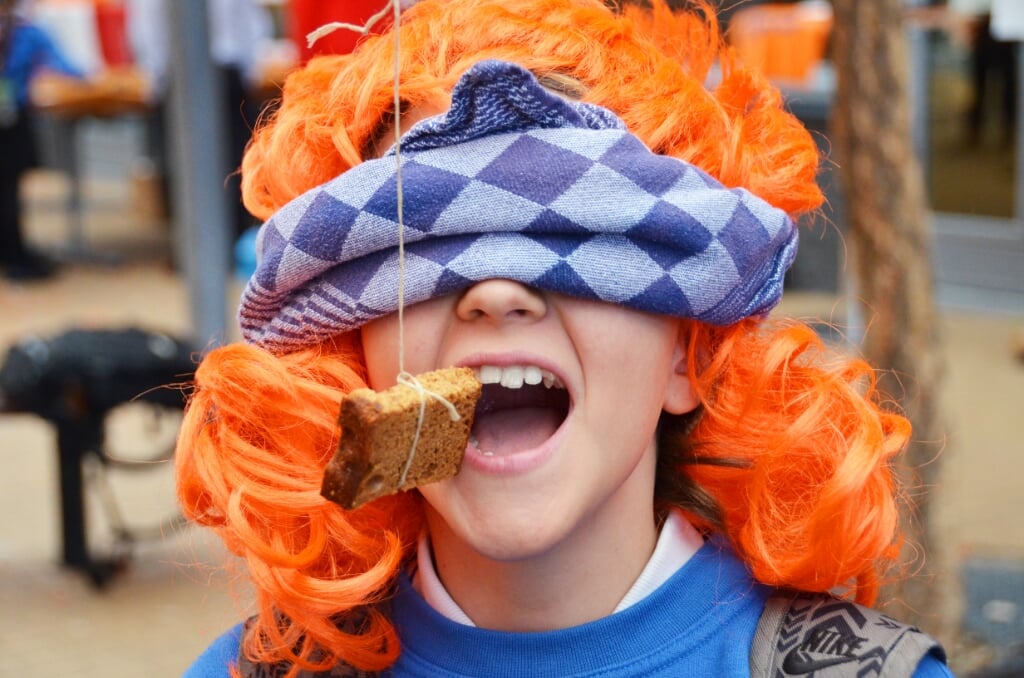
King’s Day: BSN Returns to Orange
One of the most anticipated days of the year in the Netherlands is coming up: Koningsdag (King’s day). A day in which everything is covered in orange, flea markets are set up on the streets, music is played and traditional Dutch food is eaten. Koningsdag is a day which brings forward pride, enthusiasm and happiness. Throughout history, this day has been significant to Dutch citizens and is a bank holiday.
Paula Pastor Bou
But why is Koningsdag celebrated? Koningsdag is a celebration that dates back to 1885 when it was called ‘Prinsessedag’(Princess Day) in order to celebrate Princess Wilhelmina’s fifth birthday on the 31st of August. The purpose of the celebration was to bring national union since the monarchs at the time were unpopular and had very little support. Wilhelmina was paraded around the streets in Utrecht every year from then from the on and was crowned queen in 1890. The day was renamed ‘Koninginnedag’ (Queen’s day). The celebration continued for many years but was banned during World War 2 during the German Occupation of the Netherlands.
From 1948, the date of ‘Koninginnedag’ was changed to the 30th of April, which was the newly-throned Queen’s birthday (Queen Juliana.) The day became a national holiday, where there were parades around the whole country, floral tributes and a circus in Amsterdam.
In 1980, Queen Beatrix (Juliana’s daughter) took over her mother’s reign and decided to keep the celebration on the 30th of April, in order to commemorate her mother. She was the first queen to go out and visit towns during the day instead of remaining in the palace and letting citizens come to her. She was welcomed into the towns with parades, flags and immense crowds.
In 2013, Queen Beatrix passed her reign onto her son, Willem-Alexander, the current King of the Netherlands. He was the first King in the Netherlands after 123 years and the celebration was renamed ‘Koningsdag’. Additionally, the date was changed to the 27th of April which is the King’s birthday.
After a long history of celebration, ‘Koningsdag’ remains to be a day full of joy and cheer. In Voorschoten, like in all of the Netherlands, citizens look forward to the day and all the traditions that it holds. For example, in Voorschoten, flea markets or ‘vrijmarkten’ are set up all around the town. Sellers are out and ready to sell by 7am and the streets are crowded and an incredible atmosphere is created. People sell clothes, food, second hand objects or set up games. Stages are also set up and many concerts are performed outdoors and in public spaces. Everyone wears orange and Dutch flags can be found everywhere.
As International students, King’s Day has taught us about unity and solidarity. Giving away things you no longer need and making other people happy. Despite having lived in many countries, King’s day is a tradition that is truly unique and original. Not only does it encourage the act of giving and sharing, it also brings the whole country together through orange clothing, markets and laughter.
In Voorschoten, many activities are organised, like King's day quizzes, puzzles, bingo, concerts, bike decorating competitions and many more. You can even try Dutch food such as ‘tompoucen' which are sweet puff pastries. After two years of there being no ‘Koningsdag' celebration, we are all incredibly excited to be able to come together and celebrate the original Dutch festivity.